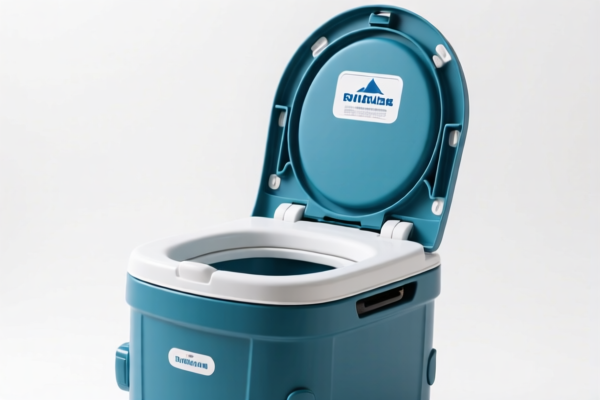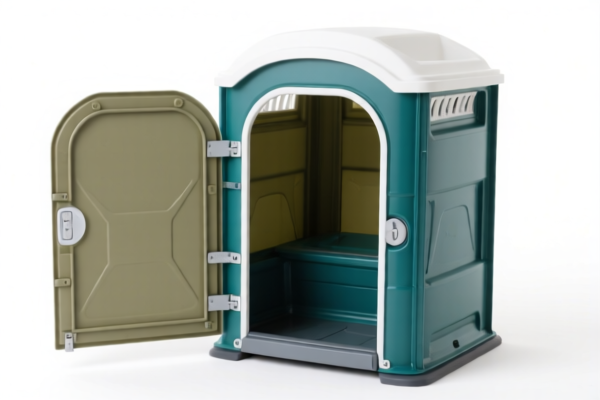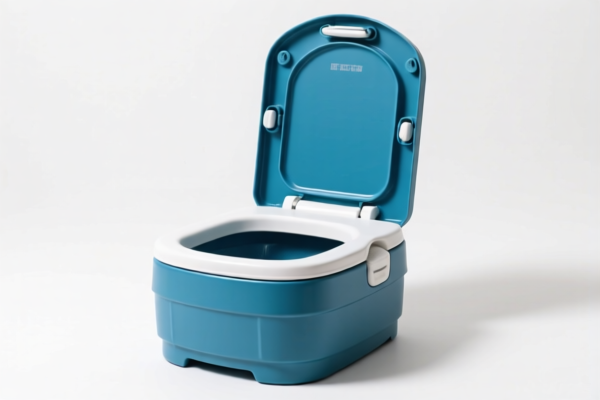| HS Code | Official Doc | Tariff Rate | Origin | Destination | Effective Date |
|---|---|---|---|---|---|
| 6910100020 | Doc | 35.8% | CN | US | 2025-05-12 |
| 6910900000 | Doc | 43.2% | CN | US | 2025-05-12 |
| 6911900010 | Doc | 42.9% | CN | US | 2025-05-12 |
| 6911900050 | Doc | 42.9% | CN | US | 2025-05-12 |
| 3922900000 | Doc | 61.3% | CN | US | 2025-05-12 |
| 3922100000 | Doc | 43.8% | CN | US | 2025-05-12 |
| 3926901600 | Doc | 40.6% | CN | US | 2025-05-12 |
| 3926909989 | Doc | 42.8% | CN | US | 2025-05-12 |




Camping Toilet
A camping toilet is a portable sanitation solution used in outdoor recreational activities where traditional toilet facilities are unavailable. These toilets are designed for use during camping, hiking, boating, and other remote excursions.
Materials
Camping toilets are constructed from a variety of materials, balancing weight, durability, and cost. Common materials include:
- Plastic: High-density polyethylene (HDPE) is frequently used for the toilet seat, waste container, and outer shell due to its lightweight nature, impact resistance, and ease of cleaning.
- Metal: Aluminum and stainless steel are employed in higher-end models for structural components like frames and legs, providing increased stability and longevity.
- Rotating Molds: The body of the toilet is often made with rotating molds.
- Seal Materials: Rubber or silicone seals are crucial for preventing leaks and odors.
Purpose & Function
The primary purpose of a camping toilet is to provide a hygienic and convenient means of human waste disposal in the outdoors. They function by collecting solid and liquid waste in a contained holding tank. Most models separate urine and feces, which aids in odor control and waste management.
Usage Scenarios
- Camping: The most common application, especially in areas without established restrooms.
- Hiking & Backpacking: Lightweight, packable models are suitable for multi-day treks.
- Boating & RVing: Used on boats or as a supplement to RV toilet systems.
- Emergency Preparedness: Valuable for disaster relief situations or temporary shelters.
- Remote Work Sites: Providing sanitation for construction or research teams in isolated locations.
Common Types
- Bucket Toilets: The simplest type, consisting of a bucket with a seat and lid. Often used with toilet bags or liners for easy waste disposal. These are generally the most affordable and lightweight.
- Folding Toilets: Feature a collapsible frame for compact storage and transport. They typically include a waste holding tank and a flushing mechanism.
- Cassette Toilets: Contain a removable waste cassette with a larger capacity. These often have a pump-flush system and a level indicator. They are more substantial and suited for longer trips or family use.
- Chemical Toilets: Utilize chemical solutions to break down waste and control odors. These require the use of specific toilet chemicals and proper disposal of the waste tank.
- Composting Toilets: These toilets use a natural decomposition process to break down waste, requiring bulking agents like sawdust or peat moss. They are environmentally friendly but require more maintenance.
- Portable Flushing Toilets: Similar to standard toilets, utilizing a water tank and flushing mechanism. They are heavier and more complex but offer a more familiar restroom experience.
Considerations
- Capacity: The size of the waste holding tank is a key factor, depending on the length of the trip and number of users.
- Weight & Portability: Important for backpacking or situations where carrying weight is a concern.
- Ease of Cleaning: Hygiene is critical, so models with smooth surfaces and removable components are preferred.
- Odor Control: Features like separating tanks, chemical solutions, or ventilation systems help minimize odors.
- Waste Disposal: Proper disposal of waste is essential to protect the environment and public health. Regulations vary by location.
- Seat Height & Comfort: Consider the comfort of users, especially for extended use.
Camping toilets generally fall under the category of sanitary ware or plastic articles, depending on the material. Here's a breakdown of relevant HS codes based on the provided information:
- 6910.10.0020: Ceramic sinks, washbasins, washbasin pedestals, baths, bidets, water closet bowls, flush tanks, urinals and similar sanitary fixtures: Of porcelain or china Other water closet bowls. This code applies if the camping toilet is made of porcelain or china. The total tax rate is 35.8%.
- 6910.90.0000: Ceramic sinks, washbasins, washbasin pedestals, baths, bidets, water closet bowls, flush tanks, urinals and similar sanitary fixtures: Other. This code is applicable for ceramic camping toilets not specifically categorized as 'Other water closet bowls'. The total tax rate is 43.2%.
- 3922.90.0000: Baths, shower baths, sinks, washbasins, bidets, lavatory pans, seats and covers, flushing cisterns and similar sanitary ware, of plastics: Other. If the camping toilet is made of plastic, this code is relevant. The total tax rate is 61.3%.
- 3922.10.0000: Baths, shower baths, sinks, washbasins, bidets, lavatory pans, seats and covers, flushing cisterns and similar sanitary ware, of plastics: Baths, shower baths, sinks and washbasins. This code applies to plastic camping toilets specifically categorized as baths, shower baths, sinks, and washbasins. The total tax rate is 43.8%.
Important Considerations:
The material composition is crucial for correct classification. If the camping toilet incorporates both ceramic and plastic components, further analysis may be needed to determine the primary material and corresponding HS code.
Customer Reviews
No reviews yet.